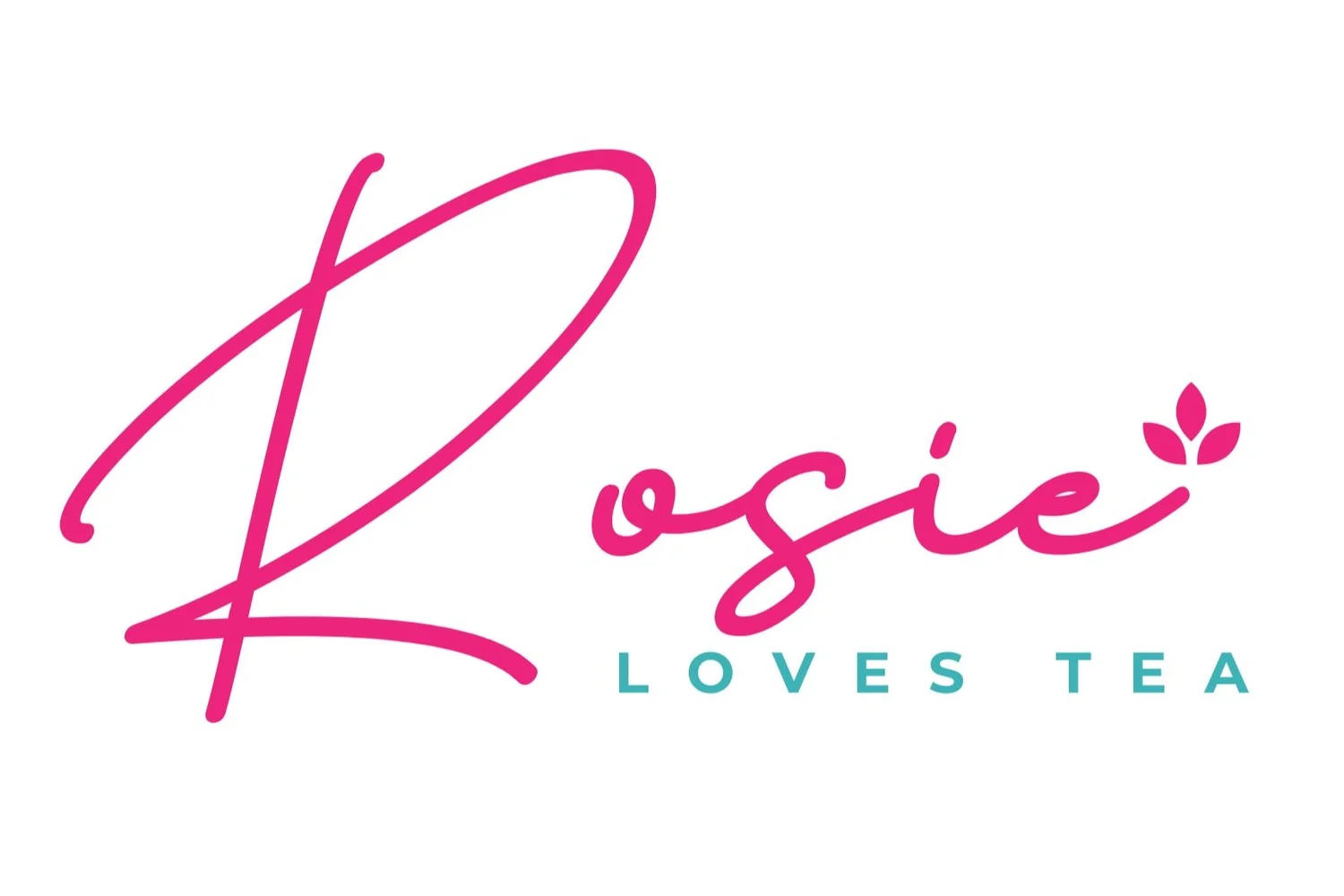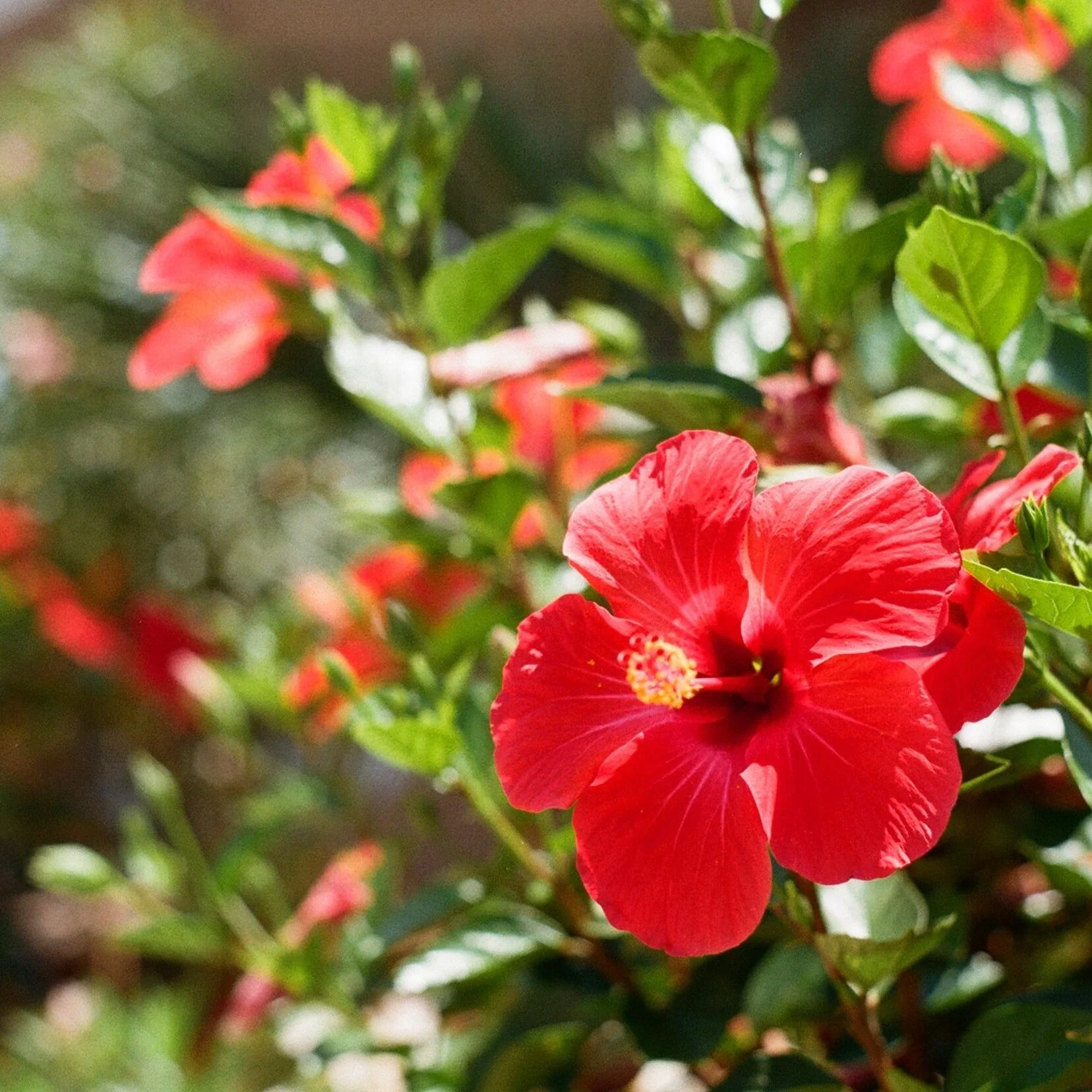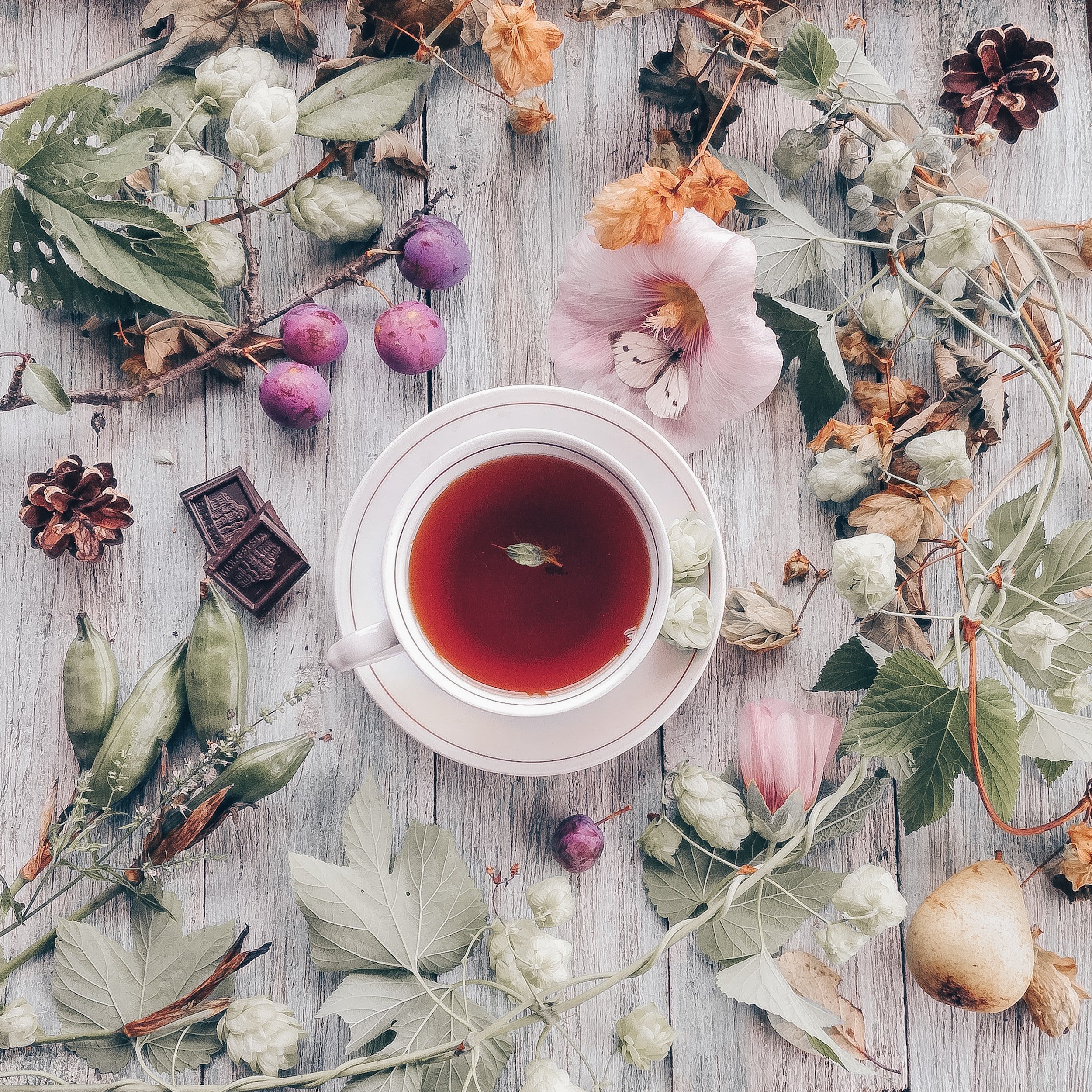Discover Hibiscus Tea: Health Benefits and Risks
Hibiscus tea, derived from the vibrant petals of the Hibiscus sabdariffa plant, is a popular herbal beverage celebrated for its tart, cranberry-like flavor and numerous health benefits. Rich in antioxidants such as anthocyanins and vitamin C, hibiscus tea has been associated with lowering blood pressure, reducing cholesterol levels, supporting liver health, and aiding in weight management. Beyond its health advantages, this caffeine-free infusion is enjoyed worldwide, both hot and cold, and can be enhanced with flavors like ginger, mint, or citrus. In this article, we'll explore the diverse benefits of hibiscus tea, delve into its traditional uses across various cultures, and provide tips on how to prepare and incorporate this refreshing drink into your daily routine.
Harness the Power of Hibiscus Flower Tea: A Guide to the Health Benefits, Uses, and Risks
If you're looking for a delicious and nutritious herbal beverage, look no further than hibiscus flower tea, which offers a range of potential health benefits and versatile uses.
What is Hibiscus Tea?
Hibiscus tea is a flavorful and refreshing flower drink made from the dried petals of the hibiscus flower. Not only does it taste great, but it also offers a range of health benefits. In this article, we'll dive into the numerous advantages of drinking hibiscus tea, from reducing high blood pressure and cholesterol levels to boosting liver health and aiding in weight loss. We'll also explore the different ways to prepare and enjoy this flower tea, making it a tasty and healthy addition to your daily routine. Whether you're a tea lover or just looking for a natural way to improve your overall well-being, hibiscus tea is definitely worth giving a try!
Historical Background of Hibiscus Tea
The hibiscus flower is believed to have originated in tropical regions of Asia, and it has been used in traditional medicine and cuisine for centuries. Hibiscus tea, specifically, has a long history in many cultures, including Egypt, Mexico, and Sudan. In ancient Egypt, hibiscus tea was used as a beverage and also to help maintain a healthy body temperature in the hot desert climate. In Mexico, it was known as "agua de Jamaica" and was consumed for its thirst-quenching properties. In Sudan, it was used to help treat conditions like high blood pressure and fever.
Hibiscus tea eventually spread to other parts of the world, including the Caribbean, Central America, and parts of Europe. Today, it is enjoyed by people all around the world and is known for its unique flavor and many health benefits. The popularity of hibiscus tea has even led to the development of new hybrid species of the hibiscus flower specifically for tea production.
Cultivation and Harvesting of Hibiscus Flowers
Growing Conditions and Practices
To grow hibiscus flowers for tea, you will need to obtain hibiscus seeds or plants from a nursery or seed supplier. Hibiscus plants thrive in warm, humid climates and prefer well-draining soil. They can be grown in containers or in the ground, depending on the space available. When growing hibiscus for tea, it's important to avoid using chemical pesticides or fertilizers, as these can affect the flavor and quality of the tea.
To forage for hibiscus flowers for tea, you can search for wild hibiscus plants in your local area. Look for plants with healthy-looking leaves and flowers that are in good condition. It's important to ensure that you have permission to forage in the area and to only collect a small amount of flowers, leaving the rest for the plant to continue growing.
Harvesting and Drying Techniques
To harvest hibiscus flowers for tea, you can pluck the flowers off the plant as they bloom. For the best flavor and quality, harvest the flowers in the morning when they are fully open. Once you have harvested the flowers, you can dry them for later use. To dry hibiscus flowers, spread them out in a single layer on a clean, dry surface and allow them to air dry for several days until they are completely dry and brittle. Alternatively, you can use a dehydrator to dry the flowers at a low temperature for a few hours until they are dry.
Once the hibiscus flowers are dry, store them in an airtight container in a cool, dry place until you are ready to make tea. To make hibiscus tea, steep a handful of dried flowers in hot water for several minutes, then strain and sweeten as desired. Enjoy!
Identifying Edible Hibiscus Varieties
There are some flowers that may look similar to hibiscus flowers, such as the rose mallow (also known as swamp mallow), but they are not the same species and may not have the same flavor or health benefits as hibiscus flowers.
It's important to note that not all hibiscus flowers are suitable for making tea. The most commonly used species for tea is the Hibiscus sabdariffa, also known as Roselle, which is different from the ornamental hibiscus commonly found in gardens. The petals of the Roselle hibiscus are typically more vibrant and have a more tangy flavor, making them ideal for making tea. When purchasing hibiscus flowers for tea, be sure to look for the Roselle hibiscus specifically, and avoid using ornamental hibiscus flowers which may contain harmful chemicals or pesticides.
Cultural and Spiritual Significance of Hibiscus
Yes, hibiscus flowers have a rich spiritual and cultural significance in many different cultures around the world.
In some cultures, hibiscus flowers are believed to represent beauty, femininity, and love. In Hawaii, for example, the hibiscus flower is the state flower and symbolizes the aloha spirit, which encompasses love, compassion, and kindness towards others.
In Hindu mythology, the hibiscus flower is associated with the goddess Kali and is used in offerings and rituals to honor her.
In African folklore, hibiscus flowers are believed to have protective properties and are used in spiritual practices to ward off evil spirits.
In dream interpretation, hibiscus flowers can represent beauty, femininity, and love, as well as passion, desire, and attraction.
Overall, hibiscus flowers have a long history of spiritual and cultural significance, and their symbolism and meanings may vary depending on the specific culture or context.
Health Benefits and Potential Side Effects
The Health Benefits of Hibiscus Tea
Hibiscus tea is known for its many potential health benefits, which include:
Lowering blood pressure: Studies have shown that hibiscus tea may help lower high blood pressure, which can reduce the risk of heart disease and stroke.
Lowering cholesterol levels: Hibiscus tea may help lower LDL cholesterol levels, which are associated with an increased risk of heart disease.
Boosting liver health: Hibiscus tea has been shown to have liver-protective effects and may help improve liver function.
Anti-inflammatory properties: Hibiscus tea contains antioxidants and anti-inflammatory compounds that may help reduce inflammation in the body.
Rich in vitamin C: Hibiscus tea is a good source of vitamin C, which is essential for immune system function, skin health, and wound healing.
Read more about the health benefits and side effects on Healthline.
The Potential Side Effects of Hibiscus Tea
Despite its many potential health benefits, hibiscus tea may also have some side effects. These can include:
Low blood pressure: Because hibiscus tea may help lower blood pressure, it may cause low blood pressure in some people, especially if taken in high doses.
Drug interactions: Hibiscus tea may interact with certain medications, such as antihypertensive drugs and diuretics, and may interfere with their effectiveness. This Mayo Clinic article discusses various health benefits and possible drug interactions.
Diuretic effect: Hibiscus tea may have a mild diuretic effect, which can cause increased urination and may lead to dehydration in some people.
Pregnancy and breastfeeding: Pregnant and breastfeeding women should consult with their healthcare provider before consuming hibiscus tea, as it may have negative effects on fetal development.
Overall, while hibiscus tea may provide many health benefits, it is important to consume it in moderation and to speak with a healthcare provider before using it as a supplement or alternative treatment for any health condition.
Weight Management and Metabolism
Hibiscus tea may have some potential benefits for weight loss, although more research is needed to confirm this.
One reason why hibiscus tea may be beneficial for weight loss is its potential ability to reduce body fat. Some studies have suggested that hibiscus tea may help reduce body fat and body mass index (BMI) in overweight individuals.
Another way that hibiscus tea may aid in weight loss is by reducing appetite. One study found that drinking hibiscus tea before meals helped reduce appetite and food intake in overweight individuals.
Hibiscus tea may also help regulate blood sugar levels, which can play a role in weight management. By keeping blood sugar levels stable, hibiscus tea may help reduce cravings for sugary and high-carbohydrate foods, which can contribute to weight gain.
Overall, while hibiscus tea may provide some benefits for weight loss, it should not be relied upon as a sole method for weight management. It is important to maintain a balanced and healthy diet and lifestyle to achieve and maintain a healthy weight.
Hibiscus Tea and Kidney Health
Hibiscus tea is generally considered safe for the kidneys, and in fact, it may have some potential benefits for kidney health.
Some studies have suggested that hibiscus tea may help reduce the risk of kidney stones and improve kidney function in people with certain kidney conditions.
However, it is important to consume hibiscus tea in moderation, as excessive consumption may have negative effects on the kidneys. Hibiscus tea has a diuretic effect, which means it may increase urine production and cause dehydration in some individuals. This can put a strain on the kidneys and lead to kidney problems if consumed in excess.
Regarding the color of urine, hibiscus tea may cause the urine to appear pink or reddish in some individuals. This is due to the presence of anthocyanins, which are pigments that give the tea its red color. However, this is not a cause for concern and is generally considered harmless.
Overall, while hibiscus tea may have some potential benefits for kidney health, it is important to consume it in moderation and to speak with a healthcare provider before using it as a supplement or alternative treatment for any kidney condition.
Culinary and Non-Culinary Uses of Hibiscus
Hibiscus tea is a versatile herbal beverage that can be enjoyed in many ways. Some popular uses of hibiscus tea include:
As a hot or iced tea: Hibiscus tea can be enjoyed as a hot or iced beverage on its own, or mixed with other ingredients to create unique flavor combinations.
In cocktails and mocktails: Hibiscus tea can be used as a mixer in alcoholic and non-alcoholic drinks, adding a fruity and tangy flavor.
In skincare products: Hibiscus is rich in antioxidants and natural acids, which can help promote healthy skin. Hibiscus tea or hibiscus oil can be used in skincare products such as facial toners, serums, and creams.
In hair care products: Hibiscus oil is often used in hair care products, as it can help nourish the hair and scalp and promote healthy hair growth.
In culinary applications: Hibiscus tea can be used as a natural food coloring agent and flavor enhancer in a variety of dishes, such as sauces, dressings, and marinades.
Overall, hibiscus tea offers a range of uses and benefits, both as a delicious beverage and as an ingredient in various products.
The Tangy and Floral Flavor of Hibiscus Flower Tea: A Guide to Brewing and Enjoying this Delicious Herbal Beverage
Learn how to make and savor the unique taste of hibiscus flower tea, a vibrant and refreshing beverage with a tangy and floral flavor that offers a host of potential health benefits.
Flavor Profile and Enhancements
Hibiscus tea has a tart, tangy, and slightly sweet taste. The flavor profile can be described as being similar to cranberry or sour cherry, with a slightly floral and herbaceous undertone. Some people also note a slightly astringent or dry aftertaste. The taste of hibiscus tea can vary depending on how it is prepared, the quality of the hibiscus flowers, and any additional ingredients that are added to the tea.
How to Make Hibiscus Flower Tea at Home
Here are the basic steps for making fresh or dried hibiscus flower tea, either hot or iced:
Bring water to a boil. Use about 8-10 ounces of water for every 1-2 tablespoons of dried hibiscus flowers, or about a handful of fresh flowers.
Place the hibiscus flowers in a tea infuser or tea bag, or simply add them directly to the boiling water.
Let the flowers steep in the hot water for 5-10 minutes, or until the water turns a vibrant red color and the flowers have released their flavor.
Remove the infuser or strain out the flowers, and sweeten the tea to taste with honey, sugar, or another sweetener if desired.
For iced hibiscus tea, simply follow the same steps but allow the tea to cool before pouring it over ice. You can also add fruit, herbs, or other flavorings to your hibiscus tea for a refreshing twist.
Keep in mind that the exact measurements and steeping times may vary depending on your preferences and the specific type and quality of hibiscus flowers you are using.
Read hibiscus flower recipes:
Hibiscus Flower Tea - with Lemon, Honey & Ginger
Spiced Iced Hibiscus Tea - with White Rum!
Hibiscus Milk Tea - with Cinnamon & Ginger
Adding Lemon Juice
Hibiscus tea contains natural pigments called anthocyanins, which give the tea its vibrant red or deep pink color. When lemon juice is added to hibiscus tea, the acidic nature of the lemon juice causes a chemical reaction that changes the pH level of the tea. This change in pH level causes the anthocyanin pigments to shift from a red hue to a bright pink or purple color, depending on the concentration of lemon juice added. The addition of lemon juice also adds a tangy, citrus flavor to the tea, which can complement the floral and slightly sour taste of hibiscus tea.
FAQs About Hibiscus Tea
1. Can I drink hibiscus tea every day?
Yes, hibiscus tea can be enjoyed daily in moderation. It is packed with antioxidants and health benefits, but excessive consumption may lower blood pressure or interact with medications. Consult with a healthcare provider if you have any concerns.
2. Does hibiscus tea have caffeine?
No, hibiscus tea is naturally caffeine-free, making it a great alternative to black or green tea for those looking to reduce caffeine intake while still enjoying a flavorful and refreshing beverage.
3. How does hibiscus tea taste?
Hibiscus tea has a tart, tangy, and slightly floral flavor, often compared to cranberry juice. It can be enjoyed on its own or sweetened with honey, sugar, or fruit for a balanced taste.
4. What is the best time to drink hibiscus tea?
Hibiscus tea can be enjoyed any time of the day, but many people prefer it in the afternoon or evening since it has no caffeine. Drinking it before meals may also help support digestion and weight management.
5. Can I mix hibiscus tea with other herbs or teas?
Yes! Hibiscus tea pairs well with ginger, mint, cinnamon, green tea, chamomile, and lemon. Mixing it with other herbs enhances its flavor and potential health benefits.
Hibiscus Tea Benefits and Uses: A Delicious and Healthy Herbal Drink
Hibiscus tea is a nutrient-rich herbal beverage packed with antioxidants, vitamins, and health-boosting properties. Whether enjoyed hot or iced, sweetened or unsweetened, this floral infusion offers a refreshing, tangy flavor while supporting heart health, digestion, and overall wellness. With its vibrant red hue, natural hydration benefits, and simple brewing process, hibiscus tea is a must-try for tea lovers and health-conscious individuals alike. Experience the taste and wellness benefits of hibiscus flower tea today, a flavorful and nutritious herbal drink worth adding to your daily routine!
Read More Articles About Tea
It is important to note that any health advice provided in this article is for informational purposes only and should not be taken as medical advice. Always consult with a qualified healthcare professional before making any changes to your diet, exercise routine, or overall health. The information provided is not a substitute for professional medical advice.





